Choosing the right shoes for training and walking is essential for maintaining proper foot health, preventing injuries, and enhancing overall performance. With the wide array of options available in the market today, it can be overwhelming to identify the ideal pair that meets your specific needs and preferences. This comprehensive guide aims to simplify the process by providing an overview of the key factors to consider when selecting training and walking shoes, as well as the benefits associated with each type. I. Understanding the Importance of Proper Footwear: 1. Foot Biomechanics: Exploring the anatomy and function of the foot, including pronation, supination, and arch types. 2. Impact of Incorrect Footwear: Highlighting the potential consequences of wearing ill-fitting or inappropriate shoes during training and walking activities. 3. Enhanced Performance: Discussing the positive effects of using specialized footwear, such as improved stability, shock absorption, and flexibility. II. Choosing the Right Training Shoes: 1. Different Types of Training Shoes: Categorizing training shoes based on the activity they are designed for, such as running, cross-training, weightlifting, and group fitness. 2. Determining Your Training Needs: Assessing your goals, frequency of training, and foot type to ascertain the appropriate features required in your training shoes.
leather
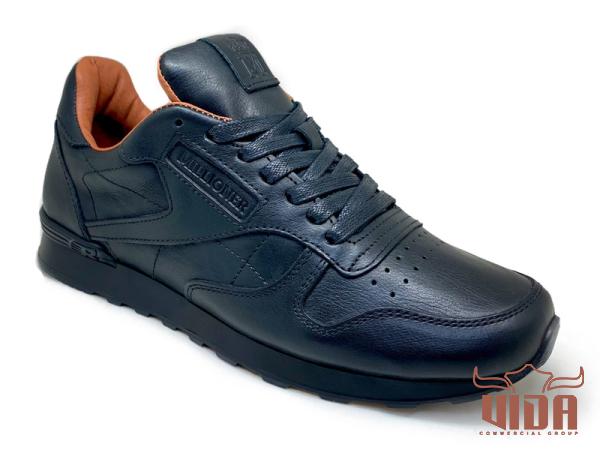 3. Key Features to Consider: a. Cushioning and Shock Absorption: Exploring various levels of cushioning and assessing their suitability for different types of training. b. Stability and Support: Examining shoe construction to provide necessary stability and support for different activities. c. Flexibility and Breathability: Evaluating the importance of flexibility and breathability for overall comfort during workouts. d. Durability and Traction: Discussing the importance of a durable outsole and sufficient traction for preventing slips and falls. 4. Recommended Training Shoe Brands: Presenting a selection of reputable brands catering to different training needs and highlighting their distinctive features. III. Finding the Perfect Walking Shoes: 1. Understanding Walking Mechanics: Discussing the biomechanics of walking, including gait cycles, impact absorption, and the role of proper walking shoes. 2. Different Walking Types: Classifying walking into casual, fitness, and hiking/walking shoe categories based on intensity and terrain. 3. Assessing Your Walking Requirements: Considering factors such as walking distance, terrain, foot type, and any specific foot conditions to determine the most suitable walking shoes.
3. Key Features to Consider: a. Cushioning and Shock Absorption: Exploring various levels of cushioning and assessing their suitability for different types of training. b. Stability and Support: Examining shoe construction to provide necessary stability and support for different activities. c. Flexibility and Breathability: Evaluating the importance of flexibility and breathability for overall comfort during workouts. d. Durability and Traction: Discussing the importance of a durable outsole and sufficient traction for preventing slips and falls. 4. Recommended Training Shoe Brands: Presenting a selection of reputable brands catering to different training needs and highlighting their distinctive features. III. Finding the Perfect Walking Shoes: 1. Understanding Walking Mechanics: Discussing the biomechanics of walking, including gait cycles, impact absorption, and the role of proper walking shoes. 2. Different Walking Types: Classifying walking into casual, fitness, and hiking/walking shoe categories based on intensity and terrain. 3. Assessing Your Walking Requirements: Considering factors such as walking distance, terrain, foot type, and any specific foot conditions to determine the most suitable walking shoes.
Specifications of leather
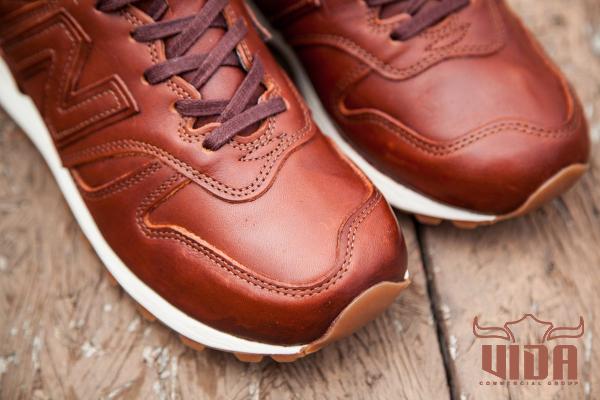 4. Key Features to Consider: a. Arch Support and Cushioning: Identifying the importance of proper arch support and adequate cushioning for long-distance walking. b. Breathability and Moisture-Wicking: Exploring the significance of breathable materials in preventing moisture buildup and reducing the risk of foot ailments. c. Lightweight and Flexible Design: Evaluating the benefits of lightweight and flexible walking shoes for enhanced comfort and natural foot movement. d. Outsole Grip and Traction: Emphasizing the necessity of a grippy outsole to ensure stability and prevent slips, especially on uneven surfaces. 5. Recommended Walking Shoe Brands: Highlighting renowned brands that offer a wide range of walking shoes suitable for different walking activities and terrains. IV. Maintaining and Caring for Your Footwear: 1. Shoe Hygiene Practices: Providing guidelines for cleaning and maintaining training and walking shoes to prolong their lifespan and ensure foot health.
4. Key Features to Consider: a. Arch Support and Cushioning: Identifying the importance of proper arch support and adequate cushioning for long-distance walking. b. Breathability and Moisture-Wicking: Exploring the significance of breathable materials in preventing moisture buildup and reducing the risk of foot ailments. c. Lightweight and Flexible Design: Evaluating the benefits of lightweight and flexible walking shoes for enhanced comfort and natural foot movement. d. Outsole Grip and Traction: Emphasizing the necessity of a grippy outsole to ensure stability and prevent slips, especially on uneven surfaces. 5. Recommended Walking Shoe Brands: Highlighting renowned brands that offer a wide range of walking shoes suitable for different walking activities and terrains. IV. Maintaining and Caring for Your Footwear: 1. Shoe Hygiene Practices: Providing guidelines for cleaning and maintaining training and walking shoes to prolong their lifespan and ensure foot health.
buy leather
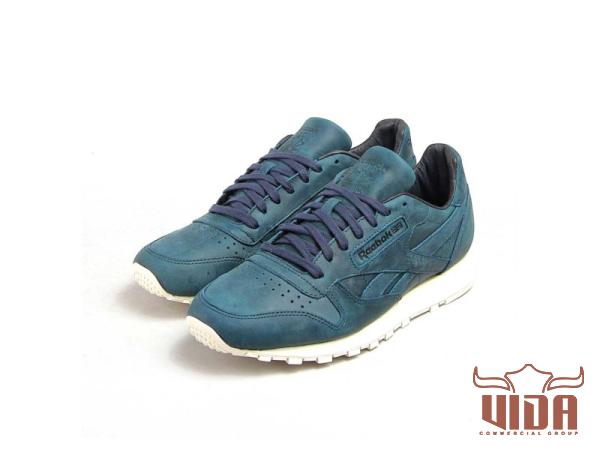 2. Understanding Shoe Lifespan and Replacement: Explaining the average lifespan of training and walking shoes and the signs indicating when it’s time to replace them. 3. Shoe Storage Tips: Recommending proper storage methods for maintaining the structural integrity of your footwear. Conclusion: Selecting the right shoes for training and walking is an investment in your foot health, performance, and overall well-being. By understanding the importance of proper footwear, considering your specific needs, and utilizing the guidance provided in this comprehensive guide, you will be well-equipped to find the perfect pair that supports your training goals and provides unparalleled comfort during your walking adventures. Remember, informed choices regarding footwear can pave the way to improved athletic performance and injury prevention, making every step count.
2. Understanding Shoe Lifespan and Replacement: Explaining the average lifespan of training and walking shoes and the signs indicating when it’s time to replace them. 3. Shoe Storage Tips: Recommending proper storage methods for maintaining the structural integrity of your footwear. Conclusion: Selecting the right shoes for training and walking is an investment in your foot health, performance, and overall well-being. By understanding the importance of proper footwear, considering your specific needs, and utilizing the guidance provided in this comprehensive guide, you will be well-equipped to find the perfect pair that supports your training goals and provides unparalleled comfort during your walking adventures. Remember, informed choices regarding footwear can pave the way to improved athletic performance and injury prevention, making every step count.
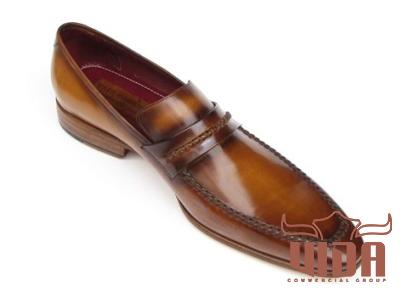
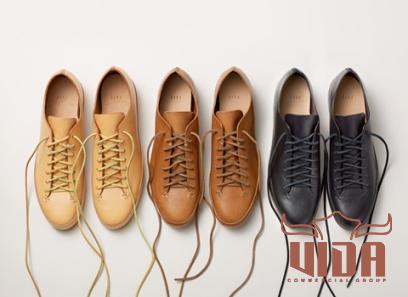
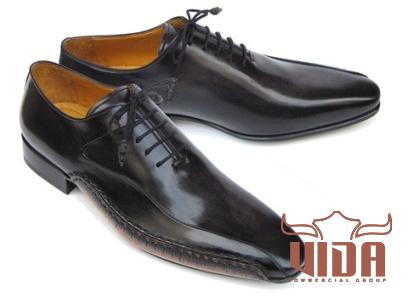
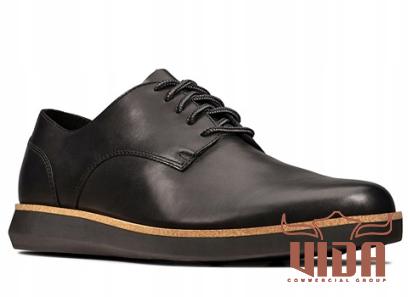
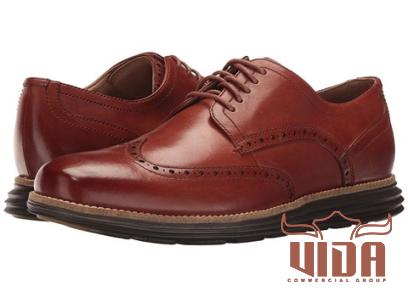
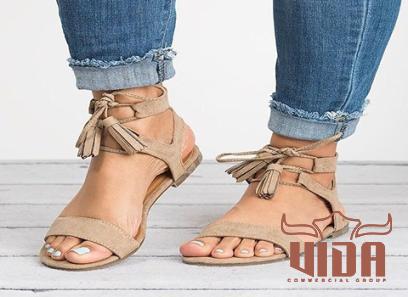
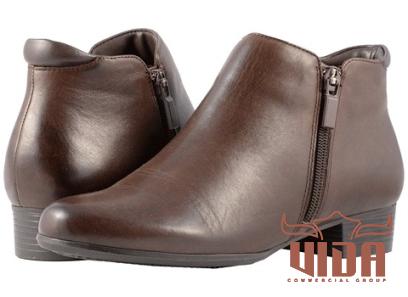
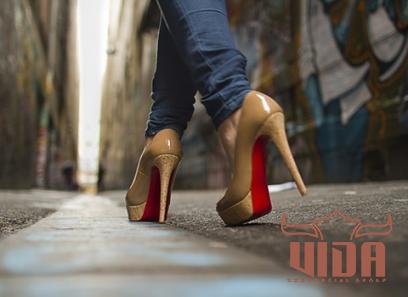

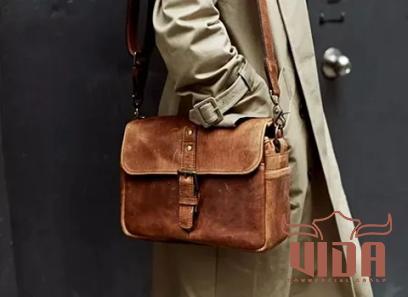
Your comment submitted.